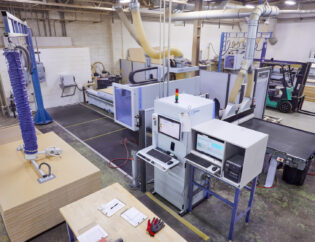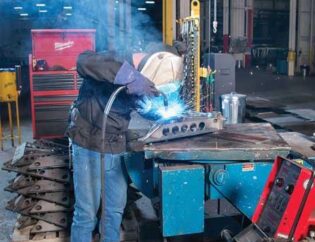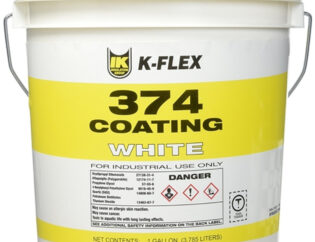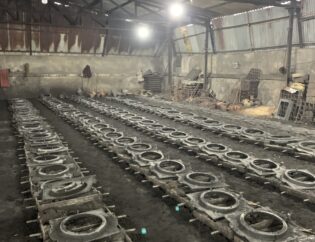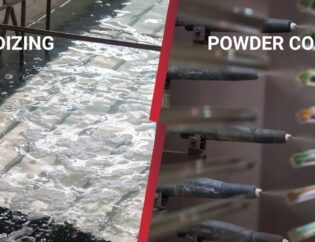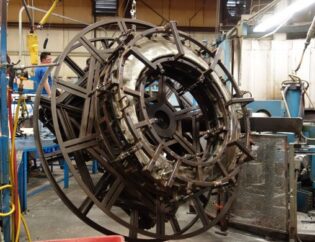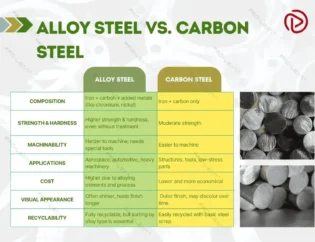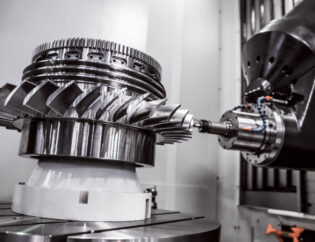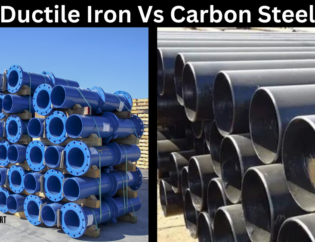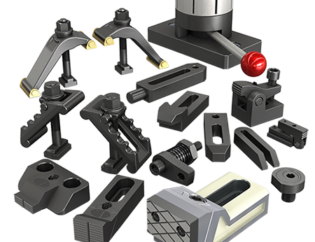Computer Numerical Control (CNC) machining is a revolutionary technology that has transformed the manufacturing landscape. By automating the control of machine tools through computer programming, CNC machining enhances precision, efficiency, and repeatability in production processes. This guide delves into the intricacies of CNC machining, making it essential for anyone looking to understand modern manufacturing techniques.
In this comprehensive guide, readers will explore the fundamental principles of CNC machining, including its history, components, and operational processes. We will break down complex concepts into easily digestible sections, ensuring that both beginners and experienced professionals can benefit from the information presented.
Additionally, the guide will cover various CNC machining techniques, materials, and applications across different industries. By the end, readers will gain valuable insights into how CNC machining can optimize production, reduce waste, and improve product quality, equipping them with the knowledge to leverage this technology effectively.
A Comprehensive Guide to Computer Numerical Control (CNC) Machining
CNC machining has become an integral part of various industries, as it offers precision, efficiency, and versatility when it comes to manufacturing custom parts and components. This manufacturing process has evolved from the numerical control (NC) machining process, which used punched tape cards to control machinery. CNC stands for Computer Numerical Control and refers to the automated control of machining tools, such as drills, lathes, mills, grinders, routers, and 3D printers, using a computer.
Technical Features of CNC Machining
CNC machining is characterized by several technical features that enhance its efficiency and effectiveness in manufacturing. Below is a comparison table highlighting these features:
| Feature | Description |
|---|---|
| Precision | CNC machines can achieve high precision, often within tolerances of ±0.001 inches. |
| Automation | The process is automated, reducing the need for manual intervention and human error. |
| Versatility | CNC machines can work with various materials, including metals, plastics, and composites. |
| Complexity | Capable of producing intricate designs and complex geometries that are difficult to achieve manually. |
| Speed | CNC machining can operate continuously, increasing production rates significantly. |
| Repeatability | Once programmed, CNC machines can produce identical parts consistently without variation. |
| Integration | CNC systems can integrate with CAD and CAM software for seamless design and manufacturing processes. |
Types of CNC Machines
CNC machining encompasses various types of machines, each designed for specific applications. The following table compares the most common types of CNC machines:
| Type | Description | Applications |
|---|---|---|
| CNC Lathes | Rotate the workpiece against a stationary cutting tool for shaping. | Used for cylindrical parts like shafts and fittings. |
| CNC Mills | Utilize rotating cutting tools to remove material from a stationary workpiece. | Ideal for complex shapes and flat surfaces. |
| CNC Routers | Similar to milling machines but designed for softer materials like wood and plastic. | Common in cabinetry and sign making. |
| CNC Grinders | Use abrasive wheels to finish and shape parts with high precision. | Suitable for creating tight tolerances in metal parts. |
| CNC Plasma Cutters | Employ a high-velocity jet of ionized gas to cut through conductive materials. | Used in metal fabrication and automotive industries. |
| CNC Laser Cutters | Use focused laser beams for precise cutting and engraving. | Ideal for intricate designs in various materials. |
| CNC Waterjet Cutters | Utilize high-pressure water to cut materials without heat. | Effective for cutting metals, glass, and composites. |
How CNC Machining Works
CNC machining begins with a Computer-Aided Design (CAD) model, which is created using specialized software. This model serves as the blueprint for the CNC machine. The CAD file is then converted into a machine-readable format, typically G-code, through Computer-Aided Manufacturing (CAM) software. The CNC machine follows these instructions to perform precise movements and operations on the workpiece.
Benefits of CNC Machining
CNC machining offers numerous advantages that make it a preferred choice in manufacturing:
- Cost Reduction: CNC machines reduce production costs through efficient material usage and minimized waste.
- Improved Worker Safety: Automation reduces the need for manual handling, lowering the risk of workplace accidents.
- Human Error Reduction: The precision of CNC machining minimizes defects and enhances product quality.
- Faster Production: CNC machines can operate continuously, significantly increasing output rates.
- Customization: CNC programming allows for easy modifications to designs, accommodating changing customer needs.
Applications of CNC Machining
CNC machining is widely used across various industries, including:
– Aerospace: Producing high-precision components like turbine blades and engine parts.
– Automotive: Manufacturing critical systems such as engines and transmissions.
– Medical: Creating surgical instruments and implants with strict tolerances.
– Electronics: Fabricating circuit boards and housings for electronic devices.
Websites like www.techtarget.com and www.ptc.com provide valuable insights into the applications and advancements in CNC technology.
Future of CNC Machining
The future of CNC machining looks promising with advancements in technology. Integration with artificial intelligence (AI) and robotics is expected to enhance automation and efficiency. Additionally, virtual reality (VR) is being explored for operator training, allowing for safer and more effective learning environments.
Conclusion
CNC machining has revolutionized the manufacturing landscape, offering unparalleled precision, efficiency, and versatility. As technology continues to evolve, CNC systems will likely become even more integrated with advanced software and automation, further enhancing their capabilities. Companies like www.szs-group.com and at-machining.com are at the forefront of these innovations, providing high-quality CNC solutions for various industries.
FAQs
Related Video
What are the common operations in CNC machining?
CNC machining commonly involves operations such as milling, turning, drilling, and grinding, which precisely remove material to create custom parts.
How does CNC machining differ from manual machining?
CNC machining is automated and controlled by computer programs, offering higher precision and the ability to perform complex tasks compared to manual machining, which relies on human operators.
What industries commonly use CNC machines?
CNC machines are widely used in industries such as aerospace, automotive, medical, electronics, and manufacturing due to their flexibility and ability to produce high-quality parts.
What materials can be processed using CNC machining?
CNC machines can process a variety of materials, including metals, plastics, wood, foam, and composites, depending on the specific application and desired properties.
How do CNC machinists interpret design specifications?
CNC machinists use CAD models to interpret design specifications, converting these digital representations into G-code instructions for the CNC machine to follow during the machining process.

